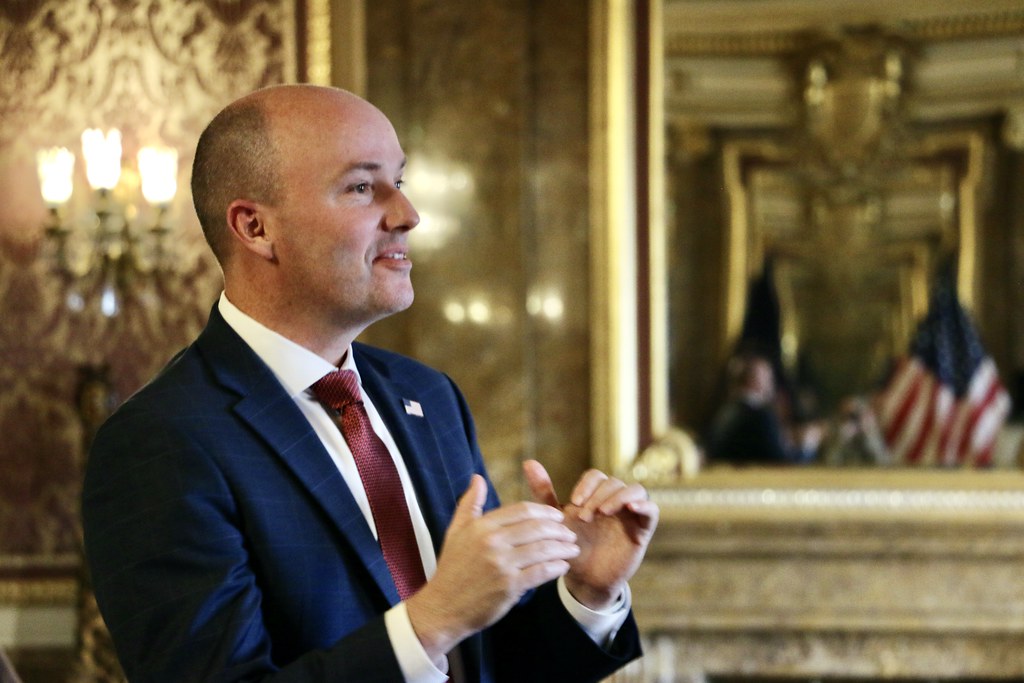“The Polar Express”Warner Brothers FilmDistributionDirected by Robert ZemeckisScreenplay by Robert Zemeckisand William Broyles, Jr.Based on the book by Chris VanAllsburgVoices provided by Tom Hanks,Peter Scolari, Daryl Sabara, NonaGaye, Eddie Deezen, and MichaelJeterRated G/93 minutesOpened in theatersNov. 10Three out of five starsBen ZalkindStaff WriterDirector Robert Zemeckis (“ForrestGump,” “Who Framed RogerRabbit”) has always ventured in thevanguard of untapped cinematictechnology.His latest endeavor, the film adaptationof Chris Van Allsburg’sbeloved storybook “ThePolar Express,” yieldsthe bittersweet completionof a $175 million exploration.”The Polar Express”doles out a visual smorgasbord.Zemeckis andhis crew’s innovation of “performancecapture” technology (theactors are filmed in movementsensitivesuits and then computeranimated) engenders spectacular,hitherto untrodden cinematic possibilities.But the bejeweled exterior ofZemeckis’ computer-generated Fabergegg belies the vacuous Christmaspalliative within.Its platitudinous but holiday-appropriatemessages of “being yourself”and “believing” will appeal toyoung kids and vapid parents. Butwe scrooges and nonbelievers, whoseek originality in our movie-goingexperiences, will periodically checkour watches and fantasize about “AChristmas Story.” Or even better,”The Incredibles.””The Polar Express” opens in asweeping panoramic shot of a wooly-white suburban neighborhood.An unnamed boy (let’s call him SirSkeptic) awakens to a clamoring silversteam engine stopped right outsidehis house.A stiff, mustachioed conductor(voiced by Tom Hanks) offers SirSkeptic passage to the North Poleto meet Santa Claus. At first reluctantto believe in the North Pole, letalone Santa Claus, Skeptic politelydeclines.After a moment of soul-searchingcontemplation, Skeptic jumpsonto the slowly departing train andinto a boxcar full of children. Everychild has a story, and much like”The Wizard of Oz,” each receivesa tailor-made moral message on histrain ticket.Through the gratuitous extrapolationof a 29-page picture book,Sir Skeptic meets an obnoxious, bespectacledknow-it-all, an insipid,clingy munchkin and a latent loveinterest.Together, they have numerousadventures and ultimately learnmoderately useful lessons.Tom Hanks steals scenes as aphilosophizing hobo ghost whomSkeptic meets on the train roof. Likeall adults in “The Polar Express,” hespeaks entirely in tired clichs, buthis spectral persona adds a certainLong-Island Expressway charm to asaccharine Christmas flick.The “performance capture” processitself is fascinating. Each a ctordons a black Lycra suit encrusted inreflective, movement-registering jewels.To render even the slightest facialmotion, more than 150 such jewels a reaffixed to the fac e and scalp.The actors’ movements, capturedin three-dimension, are then transferredto the computer crews, whocan choose from countless cameraangles and animate the skeletal formsinto vivid environments. Very cool.This technology gilds a thoroughlyordinary Christmas conceptwith decadent computer-animatedlace. As the Polar Express chargesthrough the tundra onits way to the NorthPole (which lookseerily like pre-WWIIDresden, Germany),immaculate renderingallows us to almostexperience everycurve and drop.With some polish and price moderation,this method could very wellovertake modern techniques.Nevertheless, “The Polar Express”remains just a prettified locomotiveshell-a stocking half-loaded withcoal.What a [email protected]











